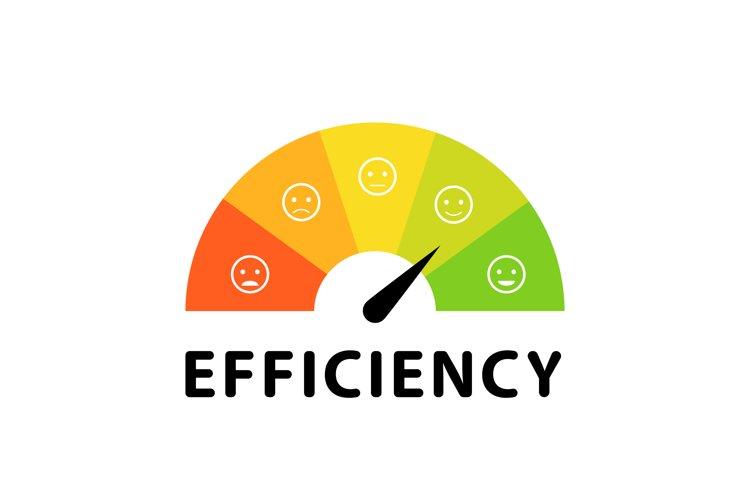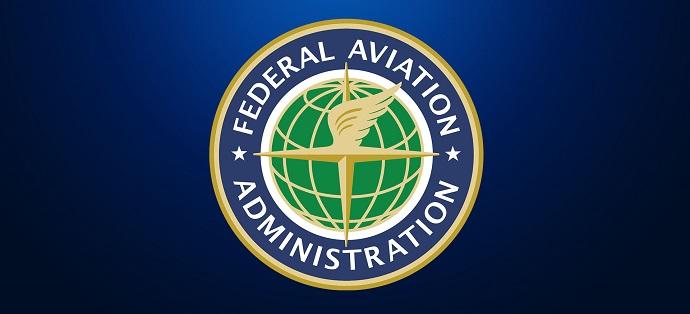In the vast and complex world of air transportation, the Federal Aviation Administration (FAA) plays a crucial role in ensuring the safe and efficient flow of logistics, transport, and shipping. From regulating aircraft and managing air traffic control to overseeing the certification of pilots and airports, the FAA is at the forefront of shaping the future of aviation. Join us as we delve into the intricate web of regulations and procedures that govern this dynamic industry, and uncover the inner workings of the FAA’s role in keeping our skies safe and secure.
Enhancing Efficiency in Air Traffic Control Operations
In order to enhance efficiency in air traffic control operations, the Federal Aviation Administration is implementing innovative technologies and strategies to streamline the flow of air traffic. By utilizing advanced data analytics and artificial intelligence, the FAA is able to predict congestion and optimize routing for aircraft, ultimately reducing delays and improving overall efficiency.
Additionally, the FAA is working closely with airlines and airports to implement collaborative decision-making processes, improving communication and coordination between all stakeholders in the aviation industry. By fostering a culture of collaboration and innovation, the FAA is leading the way in and ensuring safe and reliable air travel for passengers around the world.

Innovative Strategies for Streamlining Air Cargo Transportation
One innovative strategy for streamlining air cargo transportation is the implementation of advanced tracking and monitoring systems. By utilizing cutting-edge technologies such as RFID tags and satellite tracking, logistics companies can effectively monitor the location and condition of cargo in real-time. This not only helps to prevent loss or damage but also enables companies to optimize routing and scheduling for faster and more efficient delivery.
Another strategy is the use of automated loading and unloading systems that can significantly reduce the time and manpower required for cargo handling. By investing in state-of-the-art equipment such as automated palletizers and conveyor systems, companies can streamline the loading process, minimize errors, and improve overall efficiency. Additionally, the integration of artificial intelligence and machine learning algorithms can help to predict demand and optimize cargo capacity, leading to more cost-effective operations.

Ensuring Safety and Security in Federal Aviation Administration Logistics Operations
The Federal Aviation Administration (FAA) is committed to ensuring the safety and security of its logistics operations through a variety of measures and protocols. One key aspect of this commitment is the implementation of strict security procedures at all stages of the shipping and transport process. This includes thorough background checks for employees handling sensitive materials, as well as regular audits and inspections of facilities and vehicles to ensure compliance with regulatory standards.
Additionally, the FAA invests in advanced technology and training for its logistics team to enhance efficiency and accuracy in shipping and transportation operations. This includes the use of real-time tracking systems to monitor the movement of goods, as well as training programs to educate employees on best practices for handling and storing materials. By prioritizing safety and security in its logistics operations, the FAA is able to maintain the highest level of trust and confidence with its partners and stakeholders.

The Future of Shipping Regulations in the Aviation Industry
is constantly evolving as technologies advance and environmental concerns grow. With the Federal Aviation Administration (FAA) at the forefront of setting industry standards and guidelines, it is crucial for logistics companies to stay informed and adapt to changes in regulations. Compliance with FAA regulations is essential to ensure the safe and efficient transportation of goods by air.
As the aviation industry continues to expand and globalize, the FAA is expected to update regulations to address new challenges such as drone delivery, carbon emissions, and cybersecurity. Companies in the logistics and shipping sector must stay ahead of these changes by implementing sustainable practices, investing in technology, and training staff to comply with evolving regulations. By staying informed and proactive, companies can position themselves for success in the changing landscape of aviation shipping regulations.
Insights and Conclusions
In conclusion, the Federal Aviation Administration plays a crucial role in ensuring the safety and efficiency of logistics, transport, and shipping in the United States. From regulating air traffic to overseeing aircraft maintenance, their work impacts every aspect of the industry. By staying at the forefront of technology and innovation, the FAA continues to adapt and evolve to meet the ever-changing demands of the global supply chain. As we look to the future, it is clear that their commitment to excellence will remain unwavering, ensuring that goods and people can continue to move seamlessly across the skies.
